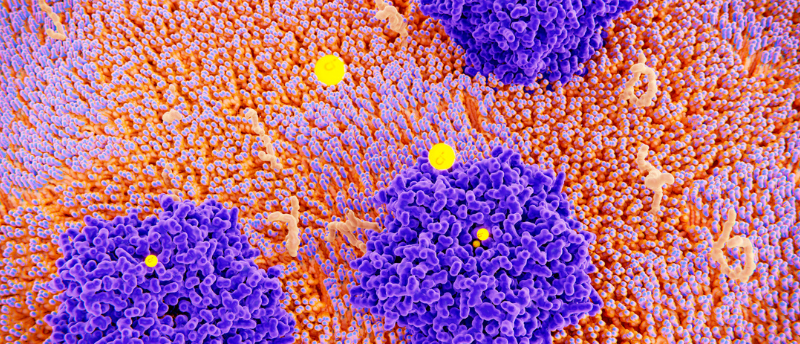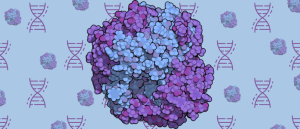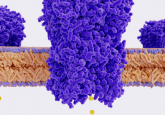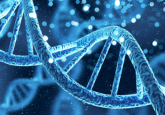New drug target site on potassium channels identified

Researchers have discovered a new mechanism for potassium channel inhibitor entry, which could improve the specificity of drugs targeting the channel.
A group of researchers led by co-senior authors Toby Allen at RMIT University (Melbourne, Australia) and Crina Nimigean at Weill Cornell Medicine (NY, USA) have identified new sites within the structure of large-conductance calcium-activated potassium channels, also termed ‘Big K+’ or BK channels. This could be used to develop drugs that selectively target BK channels and treat diseases including hypertension and epilepsy.
Upon binding to calcium ions, BK channels allow the selective transport of potassium ions across cell membranes through a large pore within the protein structure. This process regulates potassium ion gradients across cell membranes and has physiological roles in cell homeostasis and intercellular signaling, neurotransmission and muscle contraction.
BK channels are expressed in many tissues and organs, and mutations have been linked with conditions including epilepsy, sensory impairments, cardiovascular disease and asthma. This has made BK channels attractive targets for drug design; however, previous candidates have been hampered by low selectivity, leading to off-target effects. This is because most drugs bind in proximity to the BK channel pore. However, the amino acid residues that line these pathways are often highly conserved amongst multiple potassium channels, leading to aberrant targeting of multiple channels.
 Structure of an enzyme complex linked to infertility has been uncovered
Structure of an enzyme complex linked to infertility has been uncovered
The structure of a DNA enzyme complex implicated in infertility and cancer has been obtained using cryo-electron microscopy.
Previous studies have shown that quaternary amine (QA) compounds, potassium channel inhibitors used in laboratory research, could block bacterial homologs of BK channels, termed MthK channels. This inhibition was observed even when MthK channels were in the closed state, contradicting structural evidence that suggested the closed pore was gated at the intracellular interface and would prevent entry of QA compounds. “Since these compounds wouldn’t have direct access to the pore in this closed state, we wondered how they were able to get in,” said Nimigean.
In this study, the researchers used single-particle cryo-electron microscopy alongside functional assays and atomistic molecular dynamics simulations to investigate the mode of binding of QA compounds to MthK channels. They observed a non-canonical binding mode where QA compounds partition the membrane lipid bilayer and enter the channel through openings within the transmembrane region of the MthK channel.
Similar openings were found within calcium-free BK channel structures. The researchers suggest that gating BK channels may possess a lipid-dependent component.
“The discovery of a site where small molecules can selectively access this important type of ion channel is an exciting development,” explained Nimigean. “These fenestrations are unique to BK channels, which suggests that future drugs targeting these sites could work as selective BK channel blockers or activators.” The team hopes that continuing research into this discovery will aid the design of drugs capable of specifically targeting BK channels





